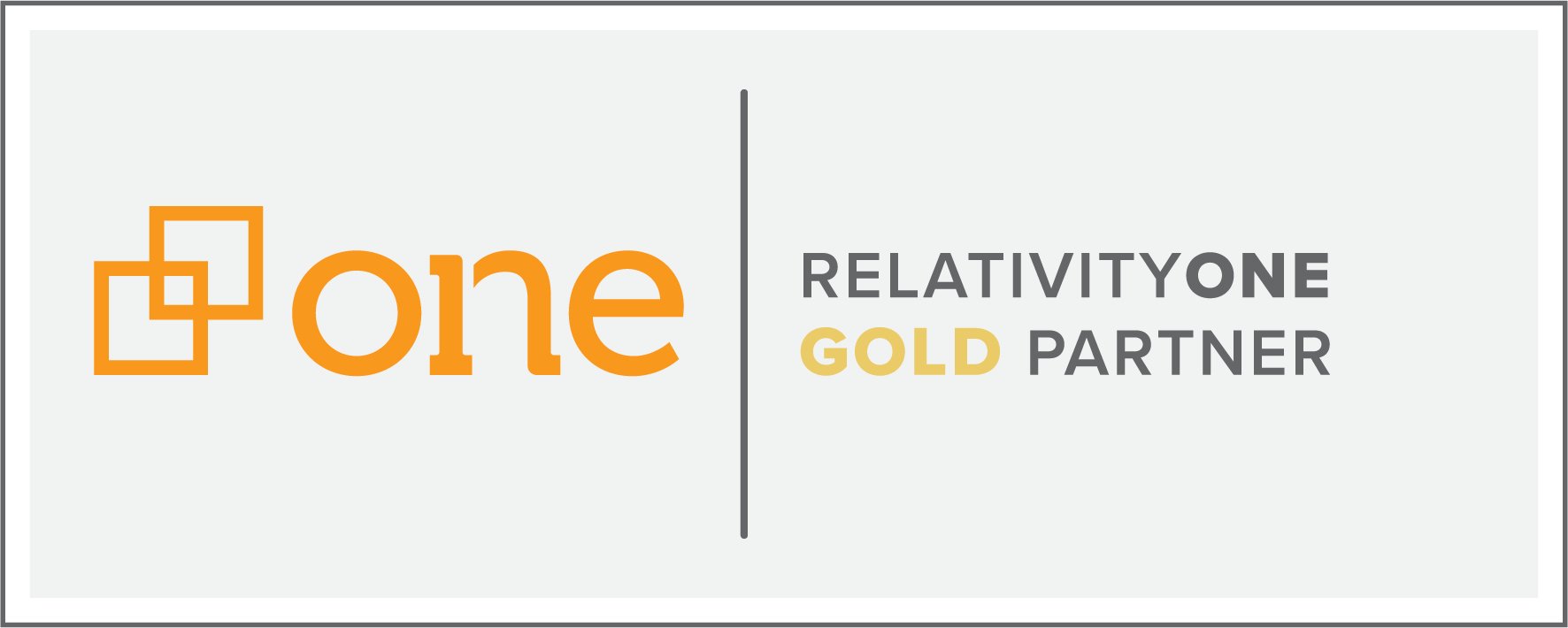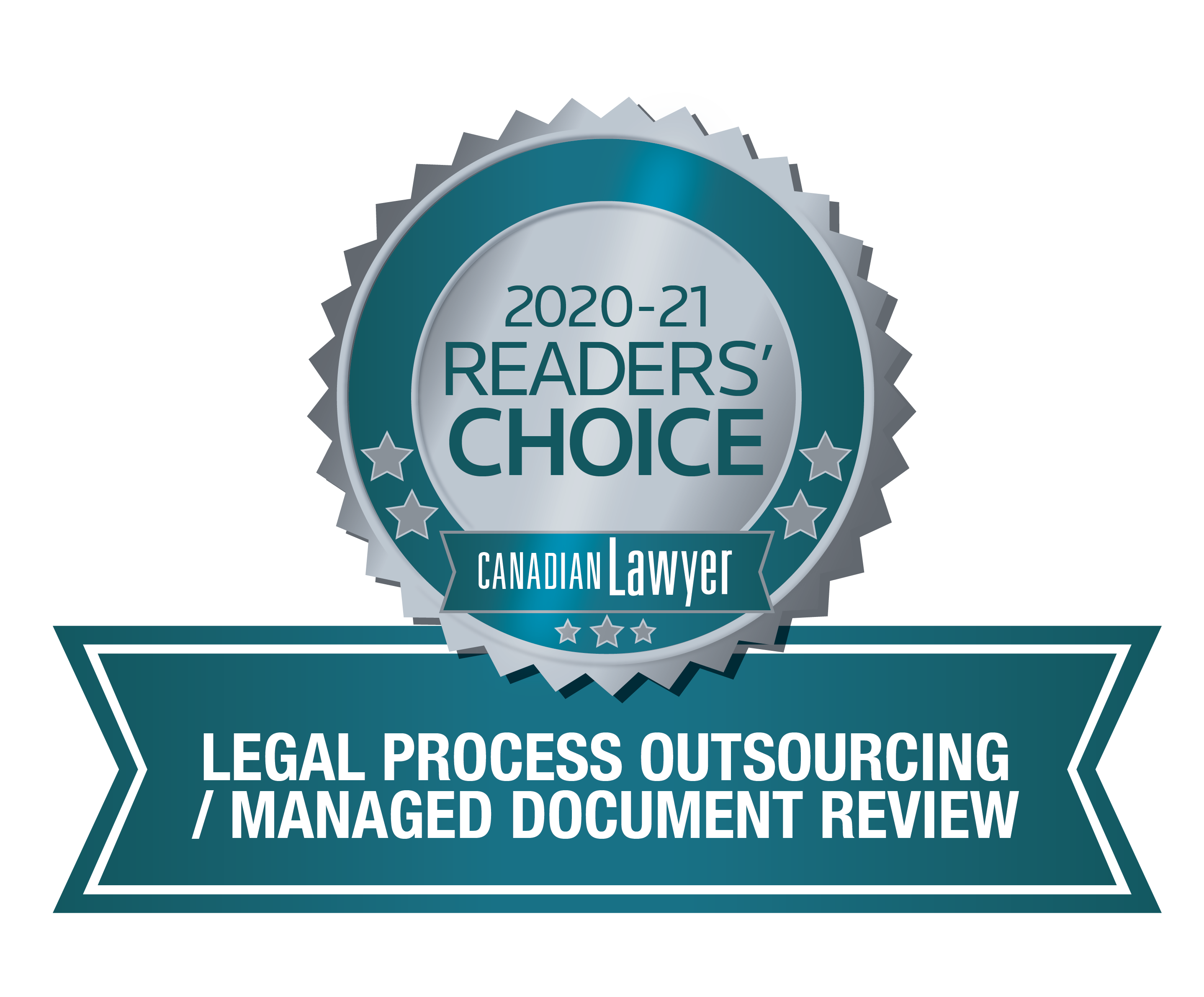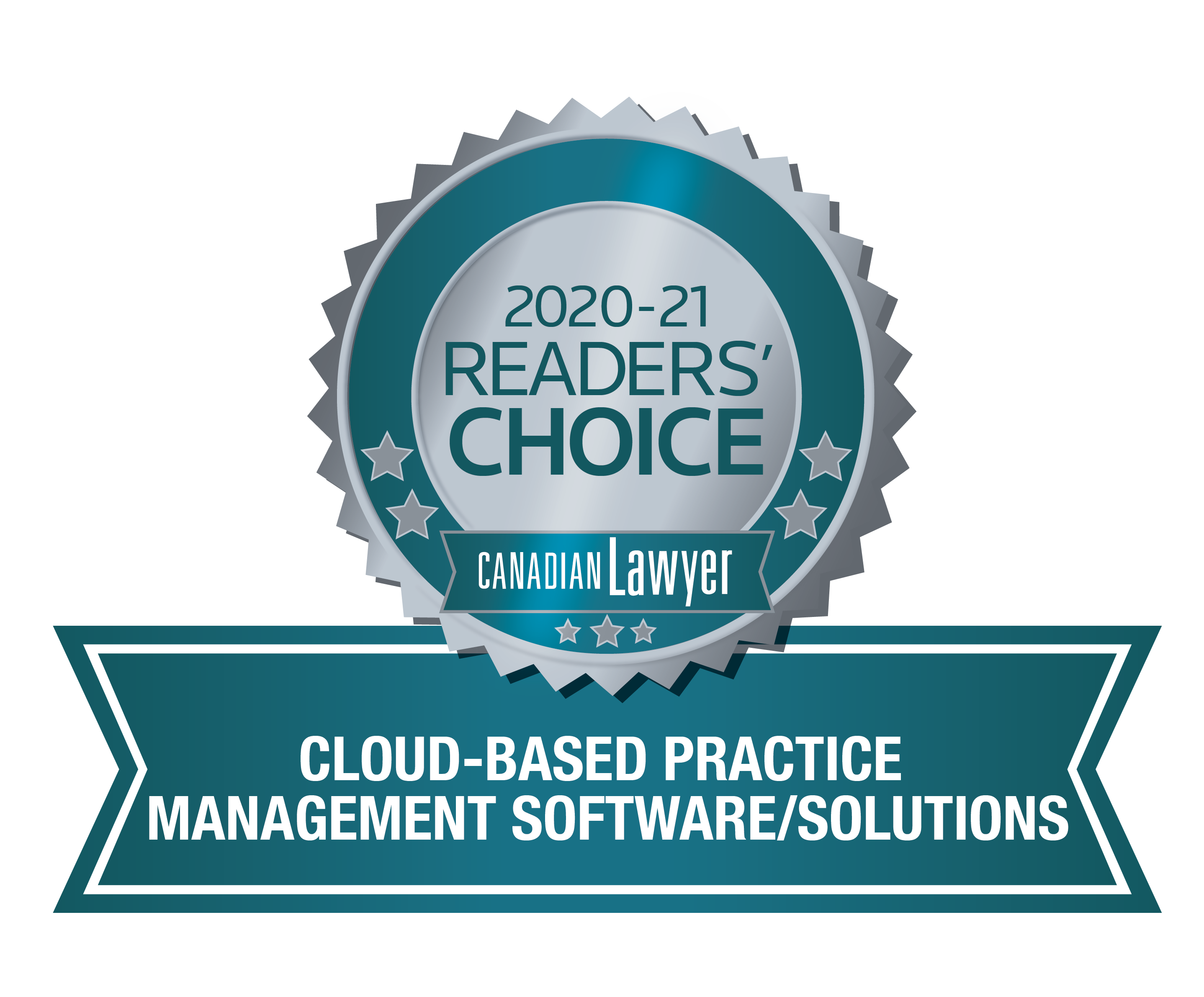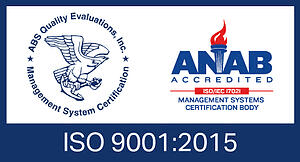.png?width=787&name=review%20feature%20image%20(1).png)
If you have never worked with a third-party document review provider, you likely have a lot of questions. How is data transferred? How long does it take? And, perhaps most importantly, will you still have control of the project?
Historically, legal outsourcing has brought some skepticism (we busted those myths in a previous blog). Plain and simple, working with an external review team can allow you to free up internal resources and get the job done faster and with increased accuracy, all while reducing overall cost. Today I'm sharing how Ricoh eDiscovery manages a document review in five easy steps.
Step 1: We identify your review set
The first step is to collect all your documents so that they can be placed in a central electronic repository for review, something our team can assist with. This includes any paper documents, emails and files from a computer or cell phone. The documents are then scanned and/or processed, made searchable and formatted so they can be loaded into a review platform such as RelativityOne. Our team removes any “junk” files (also known as de-NISTing) as well as any duplicative documents using structural analytics tools such as Near Duplication and Email Threading. We work with you to further refine and identify your review set using criteria such as limiting to certain custodians, date ranges, search terms and/or file types.
Step 2: We help define your review objectives
We’ll ask you to provide us with a detailed review memo. To make it easy, we’ll give you a template to follow that outlines the facts of your matter and the criteria for us to use in assessing the documents. This includes:
- What are the facts of your matter?
- Who are the main parties/people involved?
- What issues are relevant?
- What is covered by privilege?
Your assigned Review Manager will work with you to ensure we gain the necessary information and review-specific instructions for the review team to follow throughout the review.
Step 3: We assemble your review team
Once we have a deeper understanding of your review set, objectives and any substantive issues, we can determine the appropriate size and background of the review team required to effectively complete the review. From our roster of over 250 document reviewers (all of which are lawyers in good standing with a Canadian law society), we will curate an experienced team best suited to your needs, considering the subject matter, complexity and any other factors such as language requirements.
Step 4: We establish and complete review workflows
Once your team is resourced and cleared of any potential conflicts, they will review and code the documents identified in Step #1 according to the instructions in your memo provided in Step #2. The team will use customized workflows designed to tackle the various subsets of your document set. For example:
- Documents that contain a lot of text (e.g. emails and Word files) are well-suited for an advanced conceptual analytics-based tool such as Relativity’s Active Learning. This solutions learns from the team’s coding in real time, gradually separating the documents into two groups: those that are most likely relevant and should be looked at, and those that we can safely set aside as irrelevant, after only reviewing a fraction of the whole set.
- Documents with little text (such as PDFs, JPEGS and Excels) will likely require review in batches or customized searches, grouped and sorted by file type, date, title, size and other document metadata.
At Ricoh, your assigned Review and Case Managers will work collaboratively to define the most appropriate review workflows for your specific document set and review objectives, always balancing efficiency, accuracy and cost containment.
Step 5: We conduct quality control
Throughout the review, the most senior review lawyers on the team will carry out our ISO-certified quality control measures on the team’s output to ensure accuracy and consistency across all coding. Your Review Manager will be in regular communication with you to ask the questions that naturally arise throughout any review, and to seek out any clarifications that are necessary with respect to substantive content and/or application of instructions to particular documents. This ongoing “Q&A” is well-documented for your ease of future reference. We encourage you to be available as much as possible at the outset of the review to answer the team’s questions promptly, as this tends to have a positive effect on accuracy and speed.
Your Review Manager will also send you regular updates on the progress of the review, along with statistics on the documents coded to date and how those numbers break down in terms of relevance, issues and privilege.
---
Once we have completed the review, we can create customizable searches for you to complete any necessary second-level review work, such as to confirm your production set as identified by the Ricoh review team (those documents tagged relevant and not privileged) or to inform your legal strategy based on the information contained in the pertinent documents (e.g. those tagged as “hot” or “key” or to a specific issue). Ricoh will continue to fully support your team as required throughout the duration of your matter.
Intelligent Review by Ricoh
If you don’t have internal resources available to effectively review your clients’ documents — whether it’s 500 or 5,000,000 — we are here to help. We will work directly with your team to develop a solution that will meet your unique requirements and provide exceptional insight and value that you can pass on to your clients, regardless of the size of the case.
If you have any questions, be sure to reach out to our team. To learn more about whether outsourced, Intelligent Review could be right for your organization, visit our webpage.









